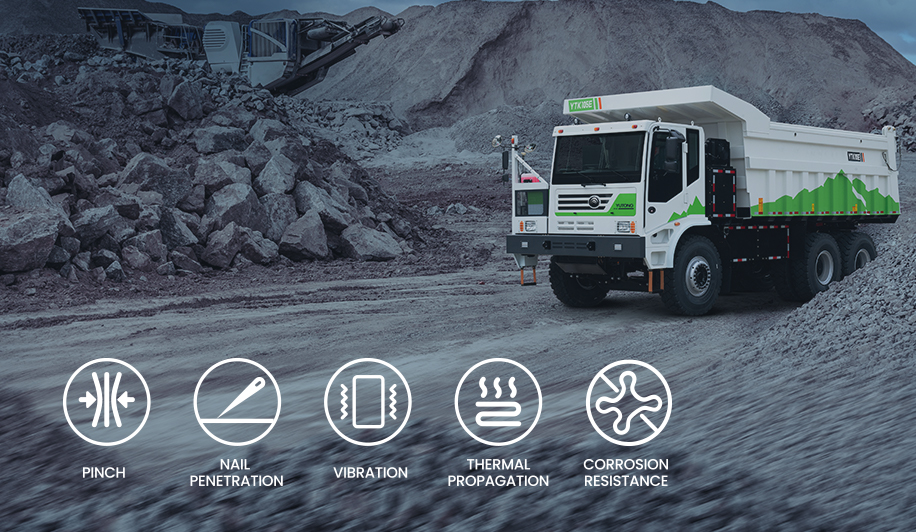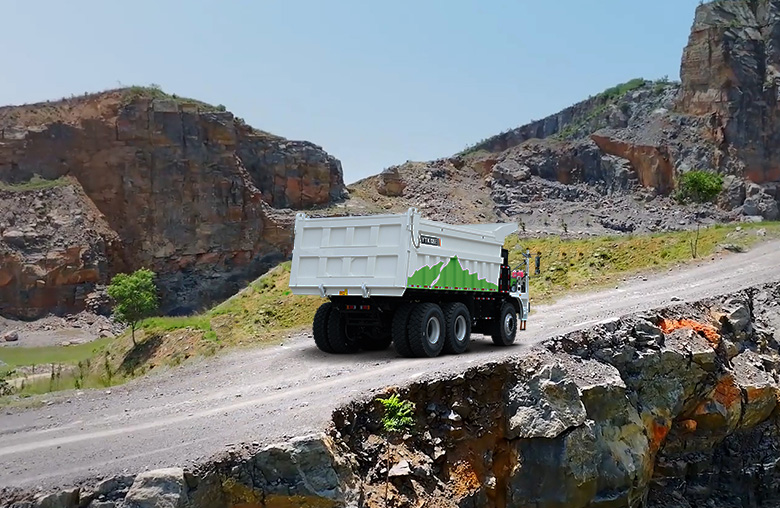wilson@powergentechnologies.co.ke | director@e-mobi.co | emobi.director@gmail.com
Enhancing Safety with Technology in Mining

Energy
August 3, 2024
Safety is a top priority in the mining industry, and technology plays a crucial role in enhancing it. This article discusses the latest technological advancements that are improving safety in mining:
Wearable Technology
Advanced Wearable Devices: Wearable technology is revolutionizing safety in mining by providing real-time monitoring of workers’ health and environmental conditions. These devices are equipped with sensors that track vital signs, detect hazardous gases, and monitor environmental factors.
- Specifications:
- Health Monitoring: Tracks heart rate, body temperature, and stress levels.
- Environmental Sensors: Detects gas levels, temperature, and humidity.
- Communication Features: Includes GPS tracking and two-way communication.
- Benefits:
- Immediate alerts for dangerous conditions or health issues, allowing for swift intervention.
- Improved ability to locate and assist workers in case of emergencies.
- Enhanced data collection for analyzing safety trends and improving protocols.
- Use Cases:
- Ideal for underground mining where conditions are more hazardous.
- Useful for remote sites where immediate assistance is critical.
- Helps in compliance with health and safety regulations by providing detailed data on worker conditions.
Case Study: Detail a successful implementation of wearable technology in a mining operation, focusing on improvements in worker safety, emergency response times, and overall safety management.
Remote Monitoring
Real-Time Monitoring Systems: Remote monitoring systems provide continuous oversight of mining operations from a centralized location. These systems use sensors and cameras to track equipment performance, environmental conditions, and operational processes.
- Specifications:
- Sensor Types: Includes temperature, vibration, and pressure sensors.
- Camera Systems: High-definition cameras for visual monitoring and surveillance.
- Data Integration: Centralized software for data analysis and alerts.
- Benefits:
- Allows for early detection of equipment malfunctions and potential hazards.
- Reduces the need for personnel to be physically present in dangerous areas.
- Enhances decision-making with real-time data and analytics.
- Use Cases:
- Suitable for monitoring large-scale mining operations with extensive equipment and infrastructure.
- Effective in hazardous environments where human presence is limited.
- Used for tracking environmental conditions and ensuring compliance with safety regulations.
Case Study: Explore an example of a mining site that successfully utilized remote monitoring systems to improve safety and operational efficiency, highlighting specific technologies and outcomes.
AI and Machine Learning
Predictive Safety Analytics: Artificial intelligence (AI) and machine learning are transforming safety management in mining by predicting and preventing potential accidents. These technologies analyze data from various sources to identify patterns and forecast risks.
- Specifications:
- Data Sources: Includes equipment sensors, historical incident data, and environmental factors.
- Algorithms: Machine learning models that analyze patterns and predict failures.
- Integration: AI-driven dashboards and alert systems for real-time risk management.
- Benefits:
- Predicts potential safety issues before they occur, allowing for proactive measures.
- Enhances risk assessment and management with data-driven insights.
- Reduces the likelihood of accidents and improves overall safety protocols.
- Use Cases:
- Ideal for analyzing complex data from large-scale mining operations.
- Effective in identifying patterns and anomalies that could indicate safety risks.
- Used in combination with other technologies for comprehensive safety management.
Case Study: Provide a detailed example of how AI and machine learning have been employed in a mining operation to enhance safety, including specific applications, results, and benefits.
Drones and UAVs
Utilizing Drones for Safety: Drones and unmanned aerial vehicles (UAVs) are increasingly used for site inspections and monitoring. These devices provide aerial views of mining sites, enabling safer and more efficient inspections.
- Specifications:
- Types: Fixed-wing and multi-rotor drones.
- Camera Systems: High-resolution cameras and thermal imaging.
- Flight Capabilities: Automated flight paths and real-time data transmission.
- Benefits:
- Reduces the need for personnel to enter hazardous areas.
- Provides comprehensive aerial surveys and inspections.
- Enhances safety by identifying potential risks and monitoring environmental conditions.
- Use Cases:
- Suitable for surveying large mining sites and assessing environmental impacts.
- Effective in monitoring remote or difficult-to-access areas.
- Used for routine inspections and emergency response.
Case Study: Describe a mining project where drones were successfully utilized to improve safety and efficiency, detailing the technology used, specific applications, and outcomes.
Virtual and Augmented Reality
Innovative Training and Simulation: Virtual reality (VR) and augmented reality (AR) are being used for training and simulation in mining. These technologies provide immersive experiences that enhance safety training and preparedness.
- Specifications:
- VR Training: Simulates hazardous scenarios and emergency response in a controlled environment.
- AR Applications: Overlays digital information on real-world environments for real-time guidance and support.
- Simulation Features: Includes interactive scenarios and real-time feedback.
- Benefits:
- Provides hands-on training without exposing workers to real-world risks.
- Enhances understanding of safety procedures and emergency response.
- Improves readiness and confidence among workers in dealing with hazardous situations.
- Use Cases:
- Ideal for safety training programs and emergency preparedness drills.
- Useful for simulating complex or high-risk scenarios.
- Enhances training effectiveness with interactive and immersive experiences.
Case Study: Highlight a mining company that has effectively implemented VR and AR technologies for training, focusing on the improvements in safety training, worker preparedness, and overall effectiveness.
Safety-Related Regulations and Compliance
Navigating Safety Regulations: Adhering to safety regulations and standards is crucial for ensuring a safe mining environment. Technology can help companies comply with regulations and maintain high safety standards.
- Tips:
- Stay updated on local and international safety regulations and standards.
- Implement technology solutions that support regulatory compliance, such as data logging and reporting systems.
- Engage with regulatory bodies and industry organizations to stay informed about best practices and emerging safety technologies.
Case Study: Provide an example of a mining operation that successfully navigated safety regulations and compliance using advanced technologies, detailing the specific measures taken and the outcomes achieved.

Request a Call Back
We are committed to delivering cutting-edge technologies that minimize environmental impact while maximizing operational performance.

